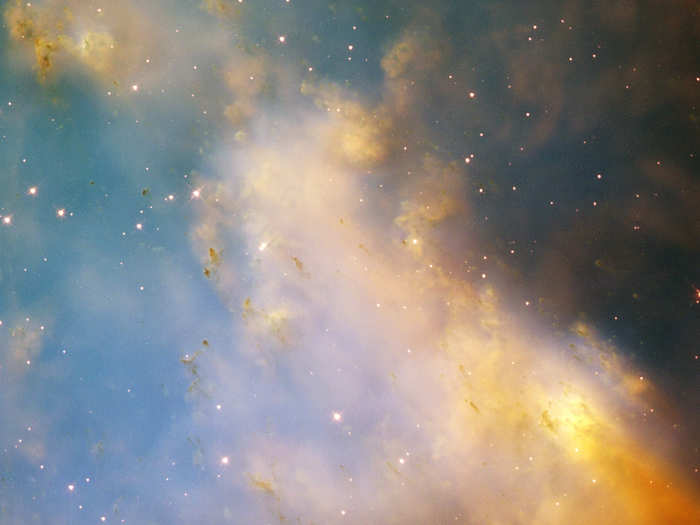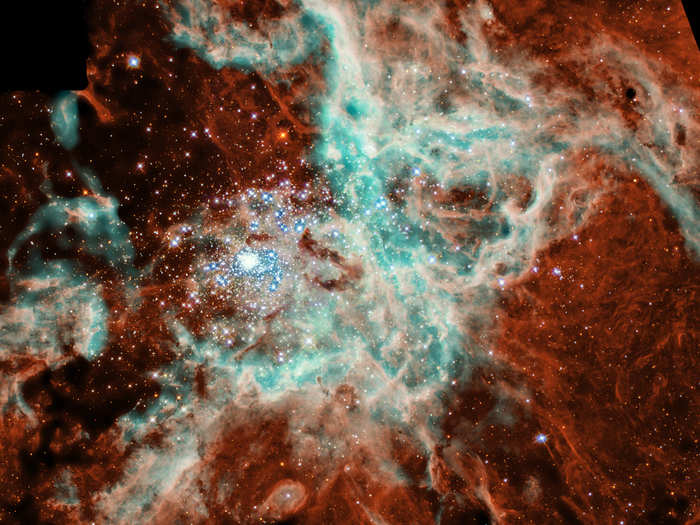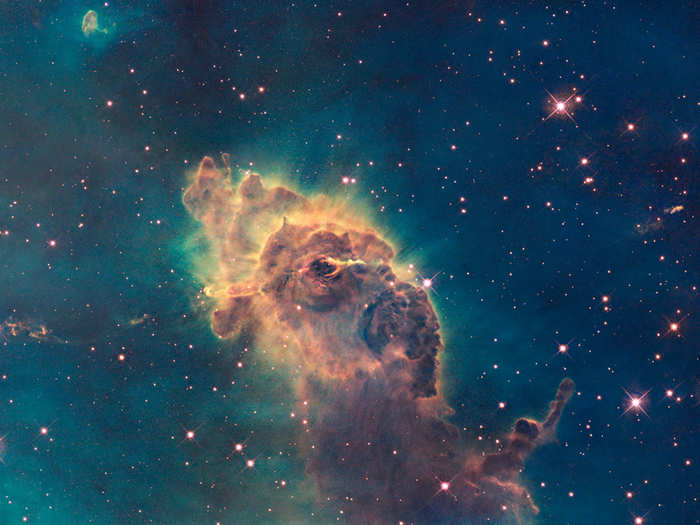Stunning Images Of The Universe From Hubble
Knots of glowing gas light up the arms of spiral galaxy "Messier 74." The glowing means that the galaxy is a rich environment for star formation.

The "Spiral Planetary Nebula" is a symmetrical cloud of gas and dust in the constellation Musca, discovered by James Dunlop in July 1826.
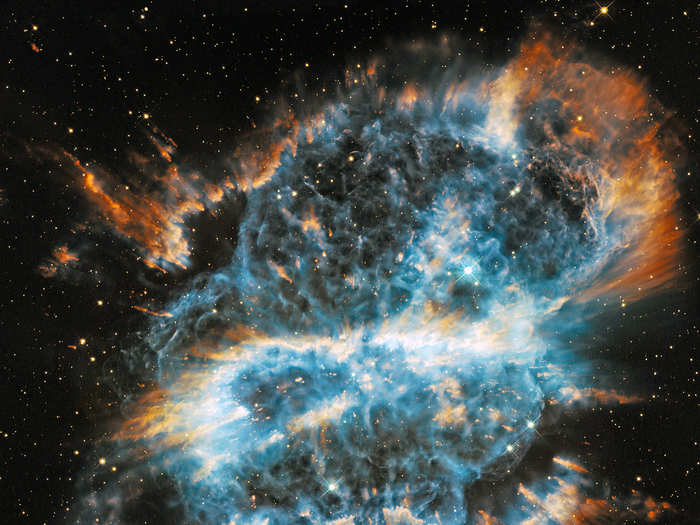
Source: Wikipedia
The "Celestial Snow Angel" is a star formation region in the constellation Cygnus about 2,000 light years from Earth in an isolated area of the Milky Way.
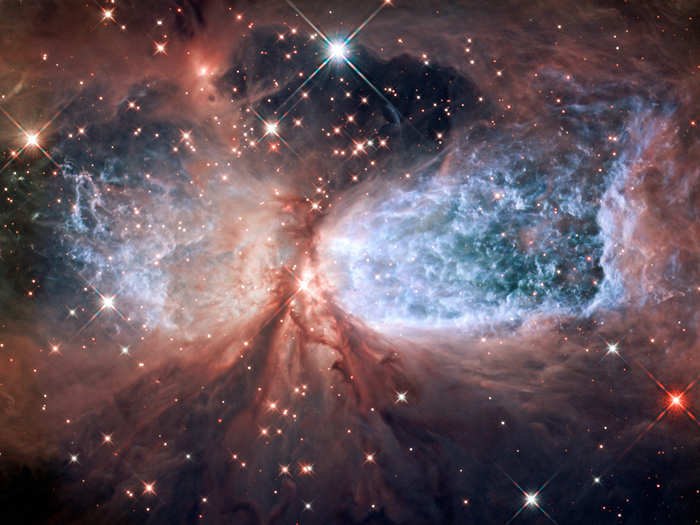
Source: HubbleSite
Eleven rings, or shells, of gas make up the "Cat's Eye Nebula," which is one of the first planetary nebulae discovered.
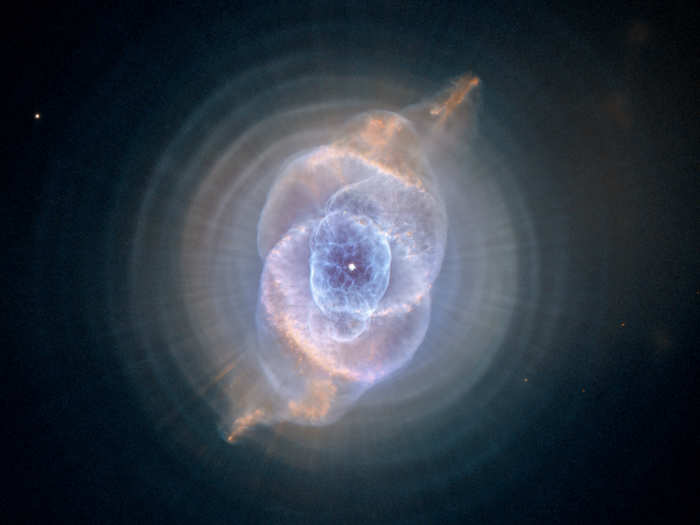
Source: HubbleSite
More than 3,000 stars — some of which have never been seen in visible light — appear in this image of the Orion nebula.
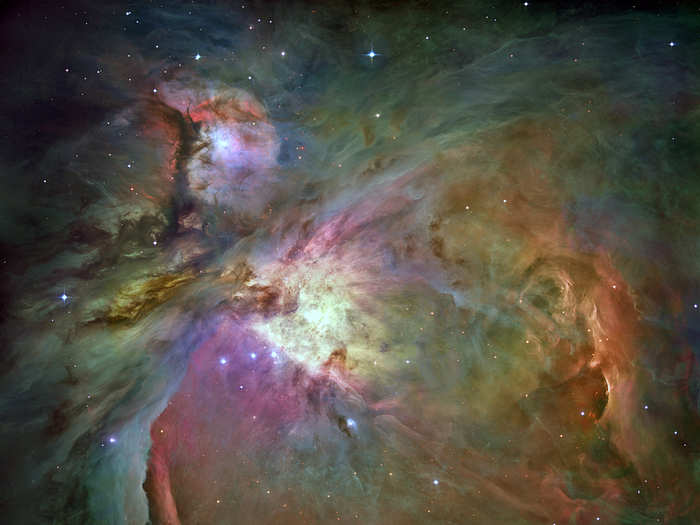
Source: HubbleSite
The first supernova ever discovered is located in the Large Magellanic Cloud and called "SN 1987A." It was first seen in 1987.
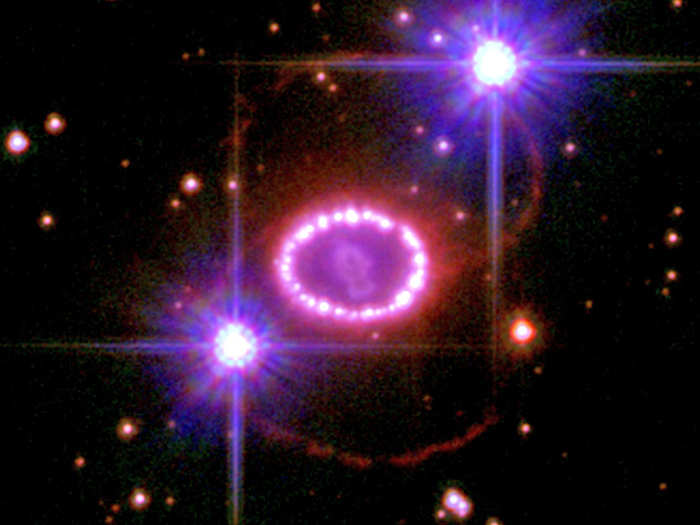
Source: HubbleSite
The "Sombrero Galaxy" is a spiral galaxy with a brilliant white core encircled by thick dust lanes.
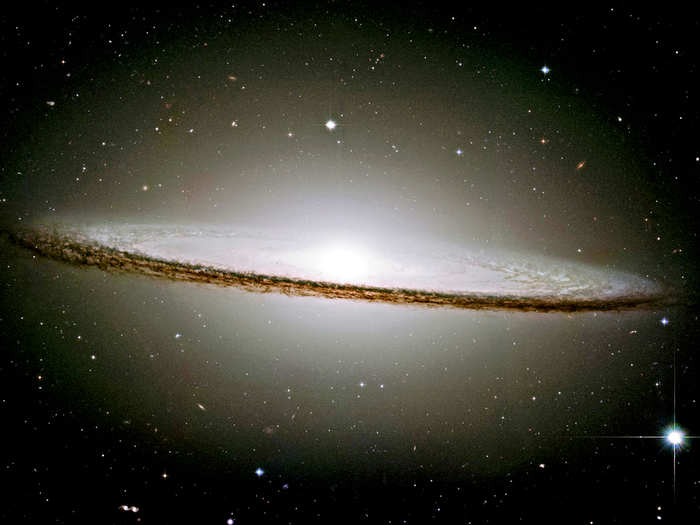
Source: HubbleSite
It's suspected that this spiral galaxy, known as "Messier 106," is slowly being sucked into a supermassive black hole at its center.
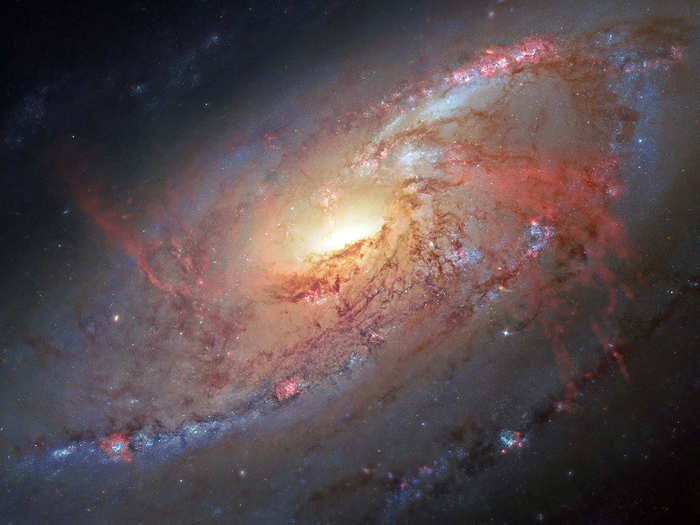
A tower of gas and dust rises within a cluster of stars known as the Eagle Nebula.

Source: HubbleSite
A view of “Mystic Mountain" captures a three-light-year tall pillar of gas being eaten away by the radiation of nearby bright stars.
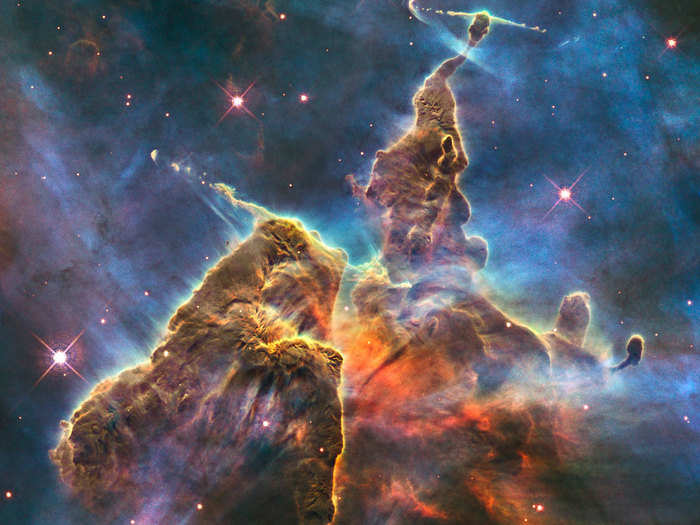
Source: HubbleSite
The rotational center of the Milky Way galaxy is called The Galactic Center, and there is strong evidence suggesting that it holds a supermassive black hole.
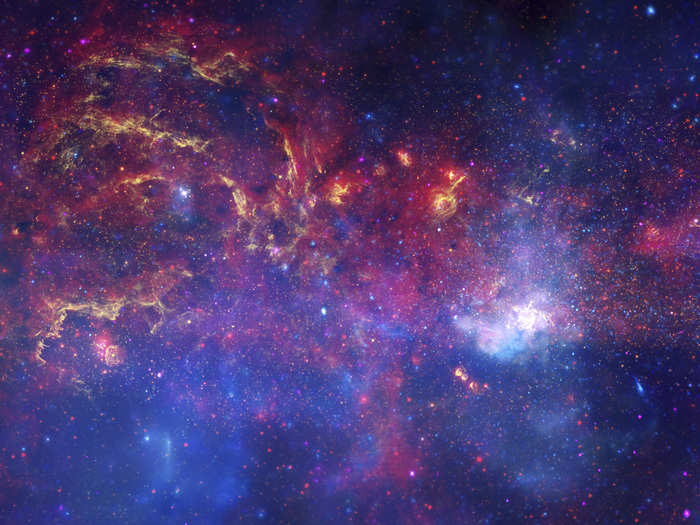
Source: Wikipedia
"A Horsehead of a Different Color" shows a dark dust cloud (i.e. nebula) against a backdrop of glowing hydrogen gas in the constellation Orion.
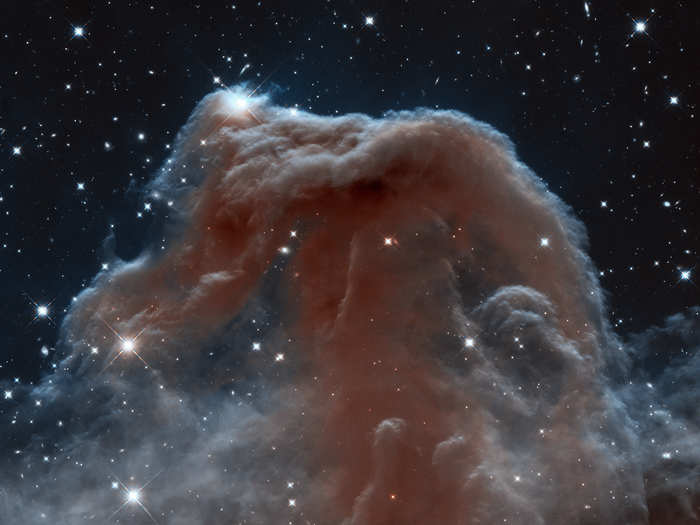
Source: NBC News
A large cluster of stars in a satellite galaxy of the Milky Way known as the Large Magellanic Cloud.
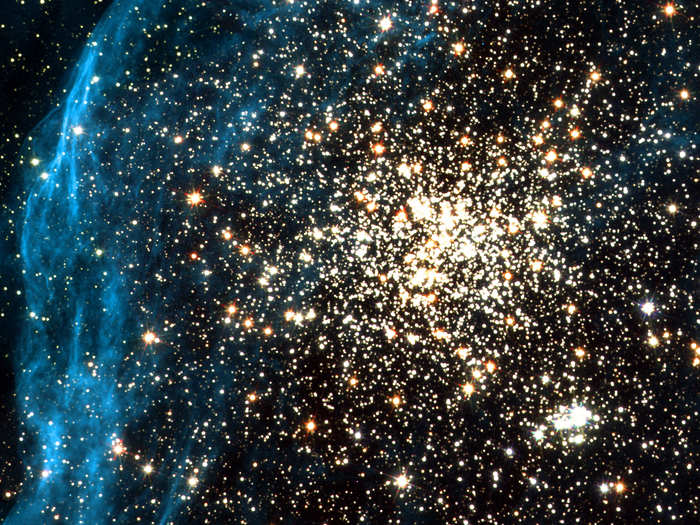
Source: HubbleSite
This is the most detailed image of the Crab Nebula, the remains of a giant star explosion recorded nearly 1,000 years ago by Chinese and Japanese astronomers.
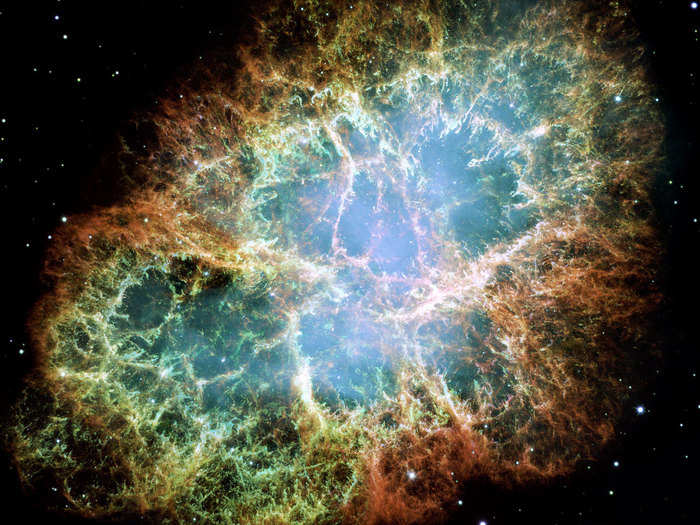
Source: HubbleSite
Light from a stellar explosion three years earlier illuminates surrounding dust. This is called a light echo.
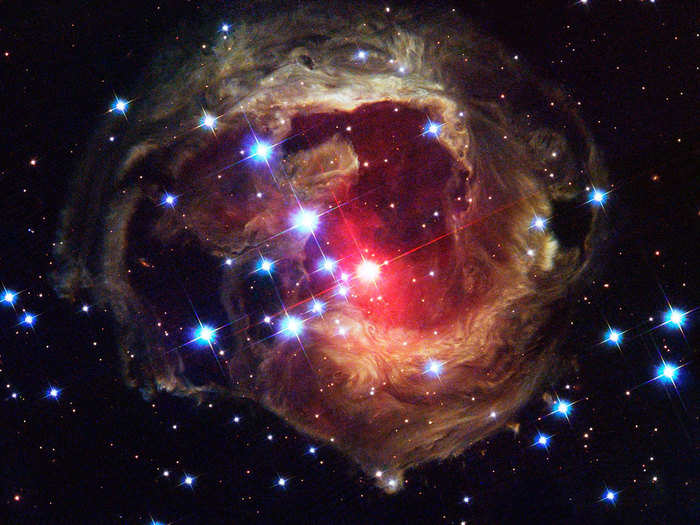
Source: HubbleSite
A view of the Carina Nebula that shows a region of star birth and death. This is one of the largest panoramic images ever taken with Hubble's cameras.
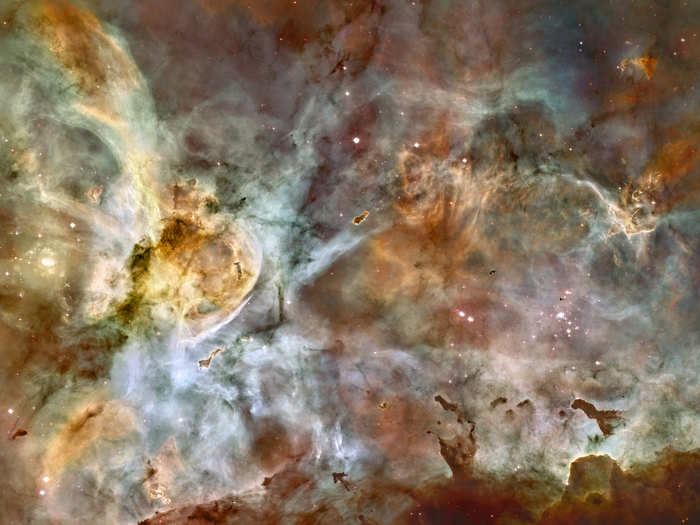
Source: HubbleSite
The jet from a black hole at the center of a galaxy strikes the edge of another galaxy in this composite image.
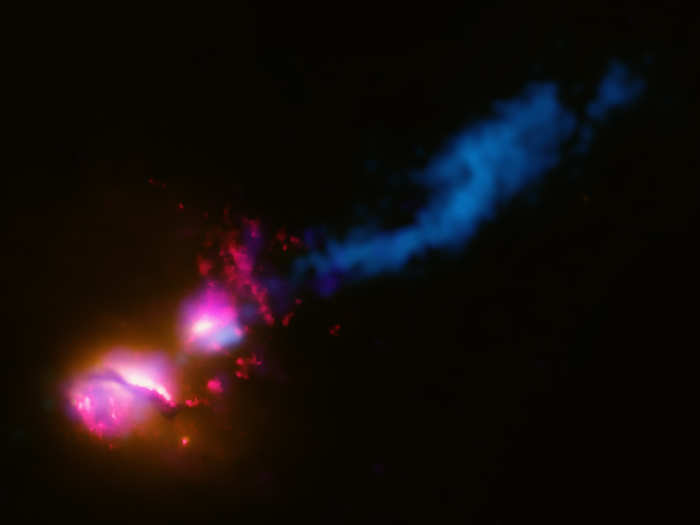
Source: HubbleSite
A young cluster of stars (NGC 602) located in the Small Magellanic Cloud (SMC), a satellite galaxy to the Milky Way.
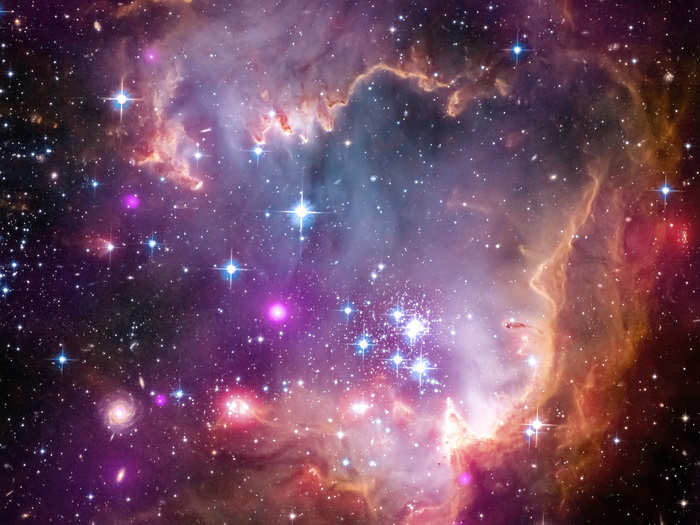
Source: Wikipedia
The Antennae Galaxies are a pair of interacting galaxies, located in the constellation Corvus, that are currently going through a phase of starburst.
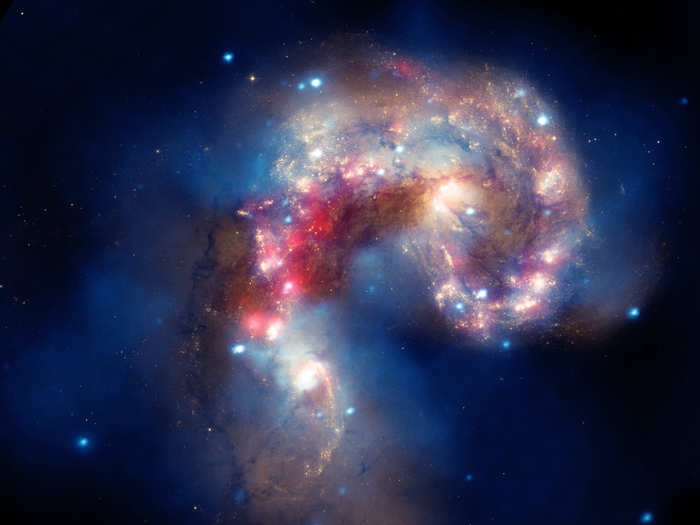
Source: Wikipedia
The Omega Nebula aka the Swan Nebula, Checkmark Nebula, or Lobster Nebula, is considered one of the brightest and most massive star-forming regions of our galaxy.
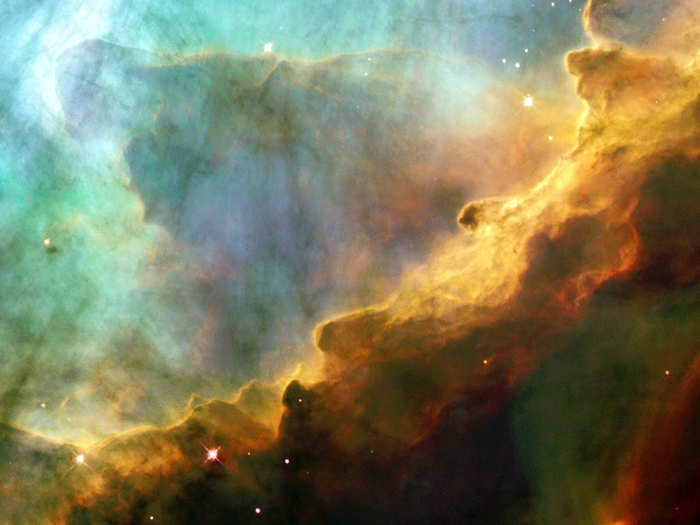
Source: Wikipedia
Popular Right Now
Advertisement
